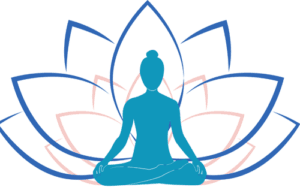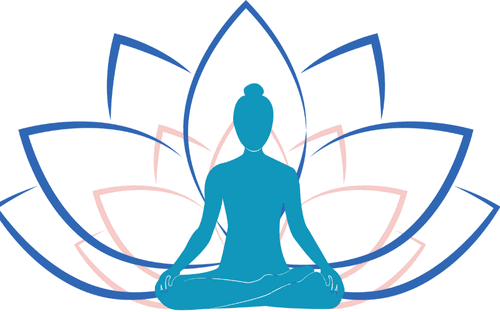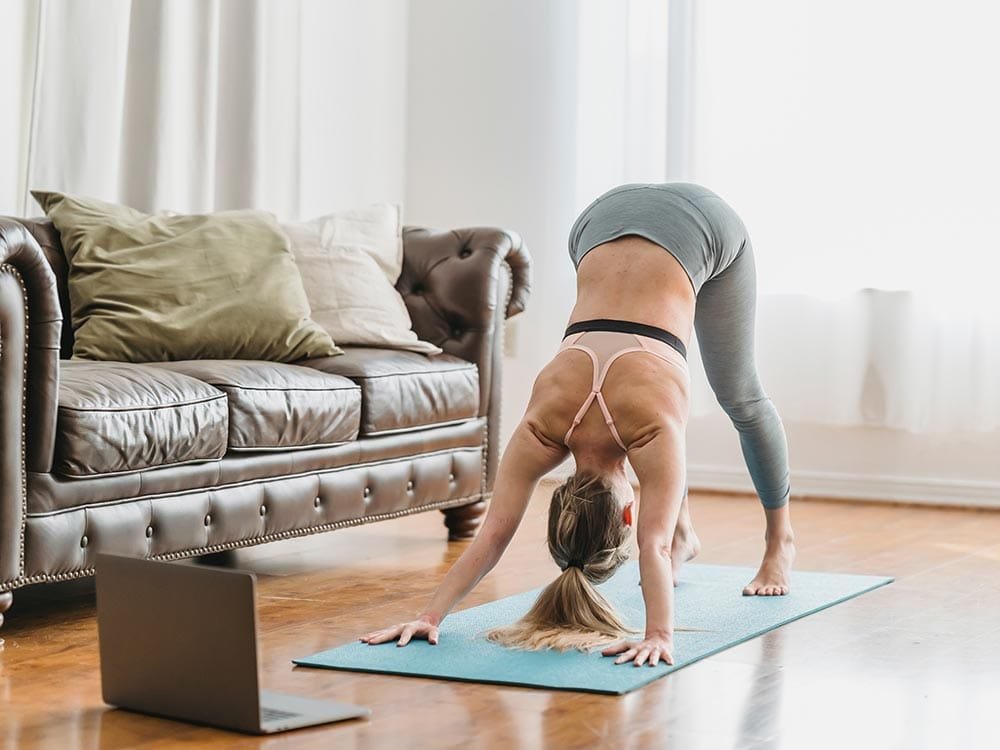Understanding Chair Yoga
Chair yoga is a modified form of traditional yoga, specifically designed to accommodate individuals with limited mobility. This practice originated to make yoga accessible to a wider audience, allowing those with physical constraints, such as seniors and office workers, to experience the numerous benefits associated with yoga without the need to get down on the floor. Chair yoga utilizes a sturdy chair as a prop, enabling practitioners to perform various postures, stretches, and breathing techniques while seated. This innovation ensures that yoga remains inclusive, fostering an environment where everyone can engage in physical activity regardless of their fitness level.
One of the main advantages of chair yoga compared to traditional yoga lies in its accessibility. Many individuals, particularly seniors or those working long hours in sedentary positions, often face challenges that restrict their ability to participate in conventional yoga classes. By practicing yoga while seated, practitioners can enjoy the benefits of physical movement, flexibility, and strength without the need for extensive mobility. This adaptability empowers individuals to cultivate a consistent practice that aligns with their unique abilities and limitations.
In addition to its physical benefits, chair yoga plays a significant role in promoting mental health. The gentle movements encourage relaxation, while the incorporation of respiratory exercises helps develop breathing techniques essential for reducing stress and anxiety. Mindfulness is also a key component, as participants are encouraged to focus on their breath and physical sensations, fostering a deep connection between mind and body. Through the regular practice of chair yoga, individuals can not only enhance their physical well-being but also cultivate a greater sense of mental clarity and emotional balance. The integration of physical movement and mindfulness makes chair yoga an invaluable tool for those seeking to improve their mental health and overall quality of life.
The Benefits of Chair Yoga for Mental Well-Being
Chair yoga is a gentle form of yoga that can significantly enhance mental health, providing various benefits that are well-supported by research. One prominent advantage of engaging in chair yoga is its ability to alleviate stress. Practicing yoga regularly helps lower elevated cortisol levels, a hormone commonly associated with stress. By utilizing mindful breathing techniques and physical movement, individuals can find a more serene state of mind, reducing overall tension and anxiety.
Moreover, chair yoga has been shown to enhance mood. Scientific studies indicate that physical activity, even when performed in a seated position, stimulates the release of endorphins—known as “feel-good” hormones. This release leads to increased feelings of happiness and contentment. Participants in chair yoga report a higher level of emotional stability and a decrease in depressive symptoms. Elderly individuals, who may face challenges such as isolation or loss, can particularly benefit from the mood-enhancing properties of this accessible form of exercise.
Another critical mental health benefit of chair yoga is increased focus. The practice encourages mindfulness, teaching participants to become aware of their thoughts and bodily sensations. This heightened state of awareness can translate into improved concentration and clarity both in personal tasks and workplace responsibilities. For those engaged in high-stress work environments, integrating chair yoga into their routine can serve as a powerful tool to boost productivity and foster a greater sense of control over their mental processes.
Ultimately, chair yoga fosters a sense of calmness that is beneficial for mental well-being. As its practice becomes more ingrained, individuals often report a more balanced approach to challenges, equipping them with the tools needed to navigate daily stressors. By understanding these benefits, one can appreciate how chair yoga serves as a formidable ally in promoting mental health, regardless of age or circumstance.
Developing Your Chair Yoga Routine
Creating a chair yoga routine tailored to individual needs can significantly enhance mental health and overall well-being. The focus is on simple yet effective seated poses that do not require prior experience, making chair yoga accessible to everyone. Before beginning, it is essential to ensure proper posture and alignment to maximize benefits and reduce strain on the body. Sit up straight with feet flat on the floor, knees at a right angle, and back gently supported by the chair.
One foundational pose to incorporate is the Seated Forward Bend, which involves slowly reaching towards your feet while keeping the spine straight. This pose promotes relaxation and can alleviate tension in the neck and shoulders. Another beneficial pose is the Seated Spinal Twist, where one gently twists the torso while keeping the hips facing forward. This pose enhances flexibility and encourages a sense of calm, which is vital for mental clarity.
In addition to physical poses, integrating breathing exercises can profoundly impact your chair yoga routine. The Box Breathing technique—inhaling for four counts, holding for four, exhaling for four, and holding again for four—can help center your thoughts and engage the mind. Mindfulness techniques, such as focusing on how each pose feels in the body, also foster a deeper connection to your practice.
To ensure inclusivity, it is important to adapt poses based on varying mobility levels. For instance, individuals with limited range of motion may perform the Seated Side Bend with one arm raised and leaning slightly to the side without needing to reach far. Utilizing tools like yoga straps or blocks can aid in maintaining comfort and achieving alignment.
Empowering oneself with a personalized chair yoga routine can lead to improved mental health and increased mindfulness throughout the day. Consider experimenting with different poses and breathing techniques to find what resonates best with your body and mind.
15–20 Minute Chair Yoga Session Guide
Chair yoga offers an accessible and effective way to incorporate mindfulness and physical activity into your daily routine, especially for those at work, at home, or in senior care environments. Below is a structured 15-20 minute session that you can easily follow. This guide is designed to enhance mental health through mindful movement and relaxation.
Warm-Up (3-5 minutes): Begin by sitting up tall in your chair with feet flat on the ground. Take a few deep breaths, inhaling through the nose and exhaling through the mouth. Gently roll your shoulders back and forth to release tension. You can follow this with neck stretches, tilting your head side to side while maintaining slow, deep breaths.
Seated Cat-Cow Stretch (3-5 minutes): While seated, place your hands on your knees. Inhale deeply to arch your back and lift your chest (cow position) and exhale as you round your back and tuck your chin (cat position). Repeat this flow for several cycles, focusing on synchronizing your breath with movement.
Torso Twist (2-3 minutes): Sit on the edge of your chair with feet flat and hip-width apart. Take a deep breath and, upon exhaling, gently twist your torso to the right, placing your left hand on your right knee for support. Hold for a few breaths, then switch sides, ensuring to maintain good posture throughout the twist.
Seated Forward Bend (2-3 minutes): While seated, inhale to lengthen your spine. As you exhale, gently lean forward, reaching towards your feet. Hold this position for several deep breaths, allowing your body to relax into the stretch while staying present in the moment.
Closing Relaxation (3-5 minutes): Conclude the session by placing your hands on your knees and closing your eyes. Focus on your breath, inhaling peace and exhaling tension. You may also practice visualization by imagining a calm scene. Aim to practice this chair yoga routine at least three times a week to fully experience its mental health benefits.



